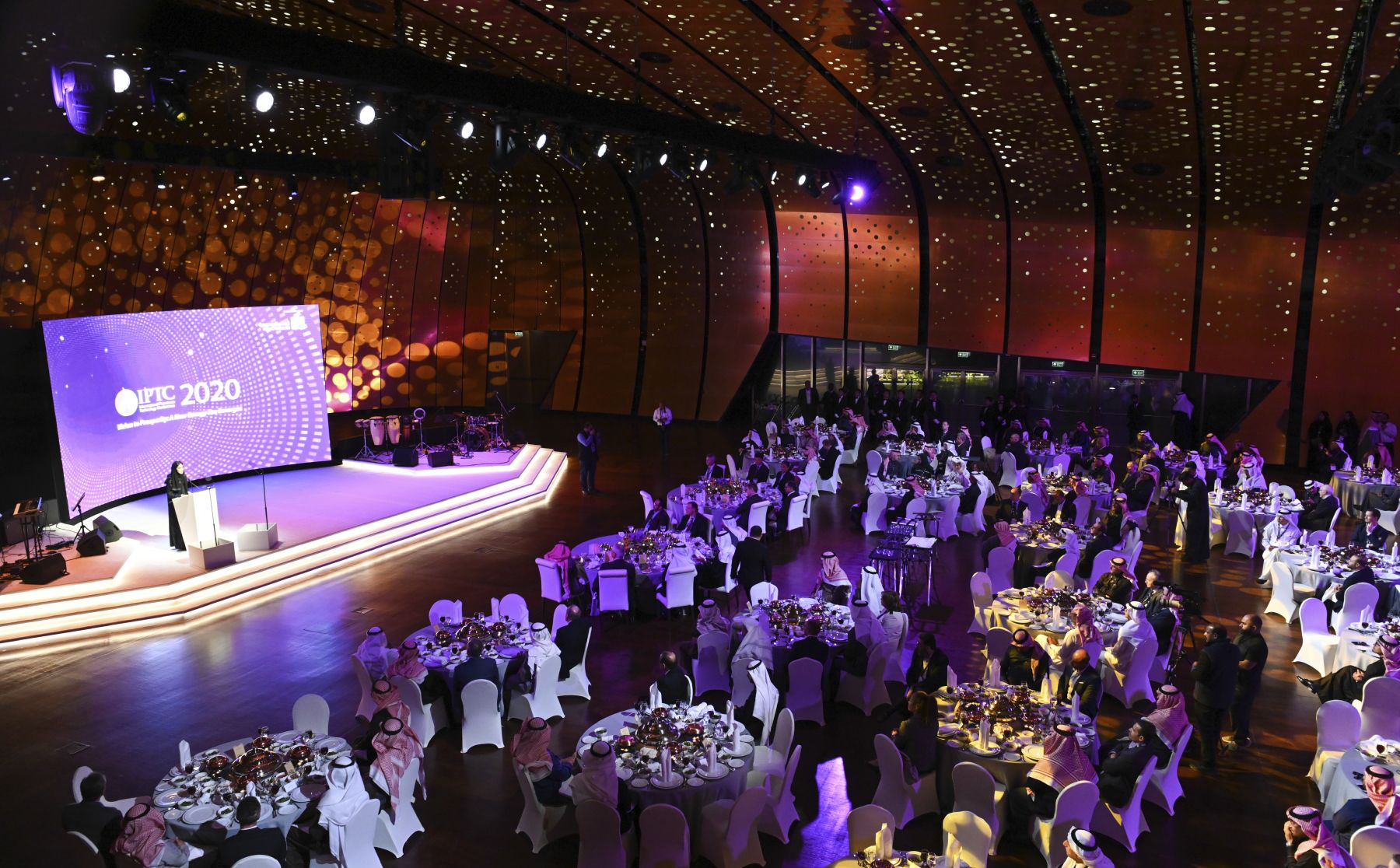A Night with Calligraphers on Ithra’s COVID Culture Discussion
Calligrapher and graphic designer, Abdulrahman Al-Fayez, was a featured guest on a recent episode of COVID Culture Discussion streamed by the King Abdulaziz Center for World Culture (Ithra) on Instagram in a special discussion on A Night with Calligraphers. Al-Fayez emphasizes that the essence of Islamic art is Arabic calligraphy because Islam came with the revelation of the Holy Qur’an. He explains how letters are an aesthetic element that exist everywhere, and that the journey of Arabic calligraphy is the journey of Islam and its arts.
Al-Fayez says writing was a tool of communication until it became an art when Arabic calligraphy emerged. He explains the difference between handsome handwriting and the art of Arabic calligraphy. The former is a means for daily writing. Its simple guidelines are mostly used for writing letters and spontaneous prose, often in naskh or riqa’ scripts. Calligraphy, on the other hand, is a spiritual geometry that emerges through a bodily instrument – the hand. He describes calligraphy as music for the eyes. It is spiritual nourishment for calligraphers, as it depends on memorizing writing rules and guidelines, experience and practice.
For Al-Fayez, calligraphy has an inception but no end because it is renewed and eccentric, due to the sequencing transmission of calligraphy types created long ago. He explains that Arabic calligraphy proliferated with the spread of Islam as it was used to write out the Holy Qur’an. Calligraphy, as he sees it, has always absorbed the culture and identity of its origin since ancient times.
Al-Fayez says every country is distinguished by certain types of calligraphy. The early days of Islam and the Umayyad era, for example, were characterized by Kufic script. Lean scripts, such as tumar and al-thuluthain, began gaining wider interest during that period. This expansion continued throughout the Abbasid era until Yaqut al-Musta'simi organized 80 different scripts into categories that became known as the “six proportional scripts,” or “the Six Pens”: thuluth, naskh, rayhani, muhaqqaq, tawqee’, and riqa’.
In Andalusia, the people of Morocco were reflected in writing and style. Al-Fayez offers the palaces of the Alhambra and the mosques of Granada as illustrative examples. Persia, on the other hand, excelled at and adopted the ta'lik script. It inspired another script adopted in Persia called the shaksta, which had a different structure and rhythm than ta'lik though the same spirit and origin.
To conclude, Al-Fayez elaborates on how the turning points of Arabic scripts came with the emergence of Islam. The scripts ceased to exist meaningfully with the Ottoman state, he explains, because they were saturated and the most recent script had been created 200 years before. This was because, in Al-Fayez’s opinion, there were far fewer innovators than memorizers. The art of calligraphy was a featured aspect of Islamic schools, he explains. Calligraphers were expected to be familiar with all types of arts to reflect their knowledge. The art of calligraphy intersects with architecture, printing, furniture, and clothing; comprehensive design, explains Al-Fayez, is an integral part of being a calligrapher.








